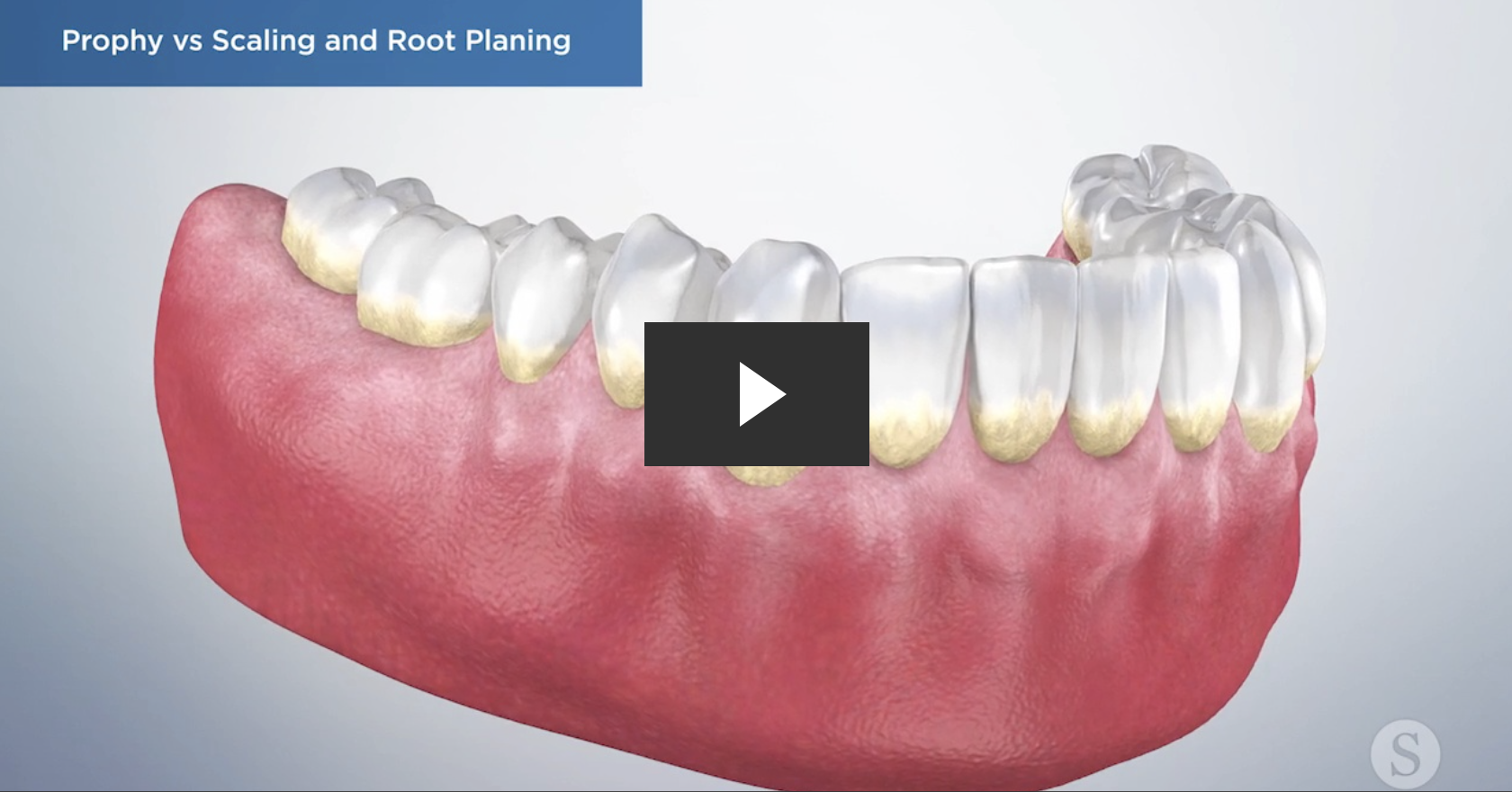Periodontal Maintenance
Periodontal Disease (Gum Disease)
Periodontal disease is the ongoing infection of the gums and the number-one cause of tooth loss in adults. Over time, periodontal disease affects the tooth’s structure, causing the supporting bones to be destroyed and tooth loss. Although there are multiple diseases that affect our mouth structures, this buildup of plaque is the number-one contributor to structural damage.

Gingivitis
One thing to note about periodontal disease is that it is always preceded by gingivitis. Gingivitis is defined as the initial stage of periodontal disease. During this stage, only the soft tissues of the mouth are affected by plaque buildup. Gingivitis causes the gums to be inflamed, irritated, or bleed. Thankfully, unlike further stages of periodontal disease, gingivitis can be reversed. Professional cleanings, regular brushing, flossing, and checkups can restore your gums to favorable health.
Periodontitis
If gingivitis is left untreated, it progresses to the initial stages of periodontitis. Periodontitis is the breakdown of the tooth’s structures that support and secure the teeth in places such as bone, gums, and fibers attaching the teeth to the gums. Although bone structures that have been lost will not grow back, there are intensive treatments and solutions to prevent further damage.
Diagnosis
As mentioned before, the earliest stages of periodontal disease begin with gingivitis or the redness, swelling or bleeding of the gums. If these symptoms are present, your dentist will examine the gums for signs of calculus, or tartar, below the gumlines. Oftentimes your dentist will use tools such as a probe and x-rays to examine, measure, and test the pockets and bone levels around your teeth.
Treatment
Although well-established periodontal disease cannot be repaired, there are treatments and procedures available to prevent further damage, as well as reversal treatments to the gingivitis stages. Gingivitis treatments involve a good and thorough at-home oral hygiene routine and regular professional cleanings at your dental office. Periodontitis requires more aggressive, deep cleanings using scaling and root planing to remove the plaque and calculus below the gumline. Depending on the case, other aids such as anesthesia and antibiotics may be used in this process. Please keep in mind that patients who do have periodontal disease present will require more frequent cleanings and check-ups to ensure best health practices.
Contact Phone: 831-624-3549 | Fax: 831-624-3239 | Email: info@carmelriverdentistry.com
Address 26365 Carmel Rancho Boulevard Ste E, Carmel, CA 93923
Info Hours: Tuesday-Friday: 9:00 AM-5:00 PM

